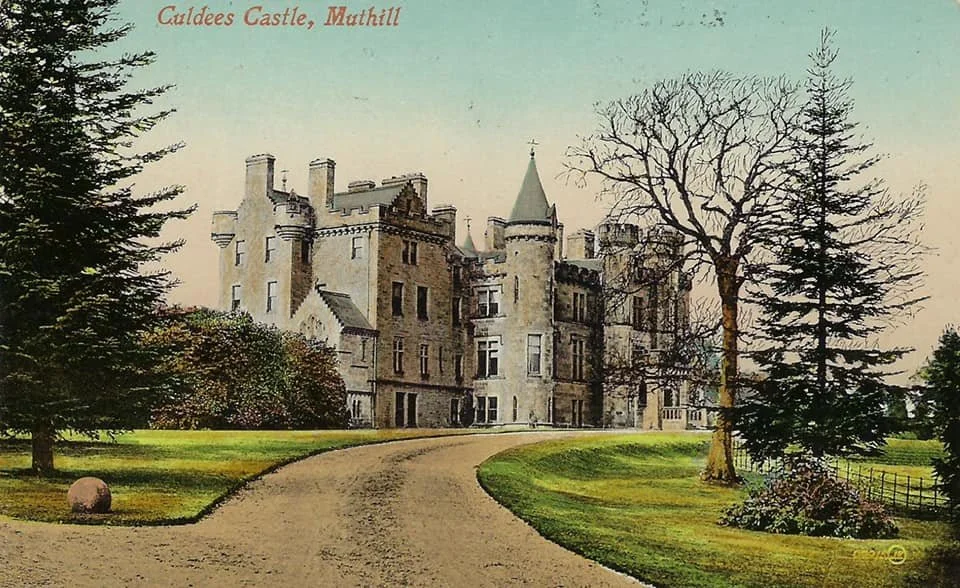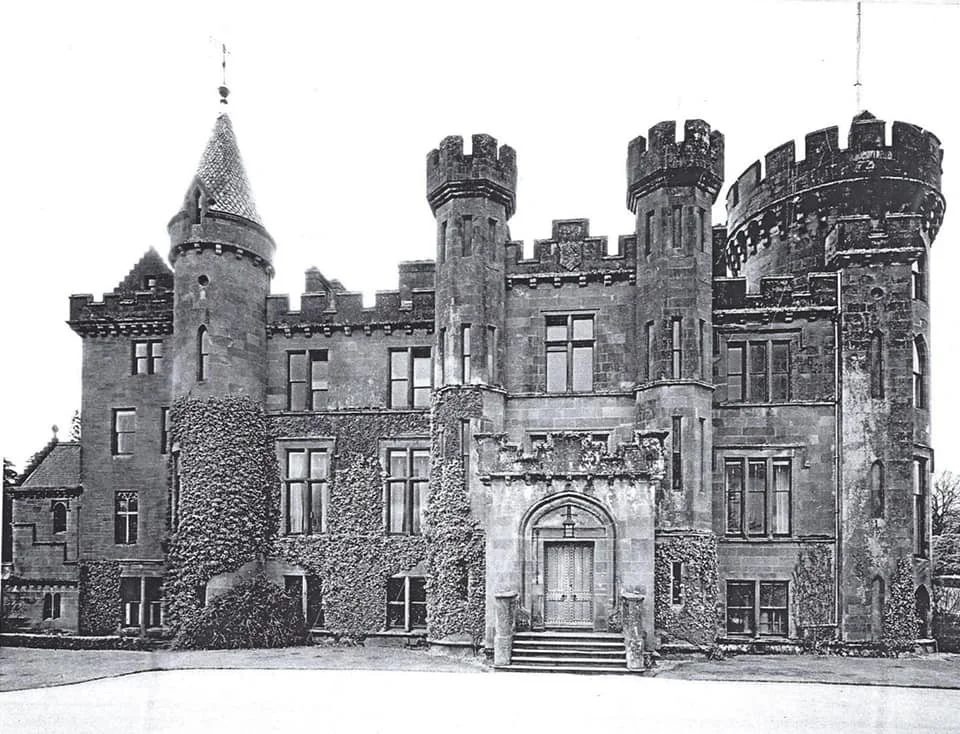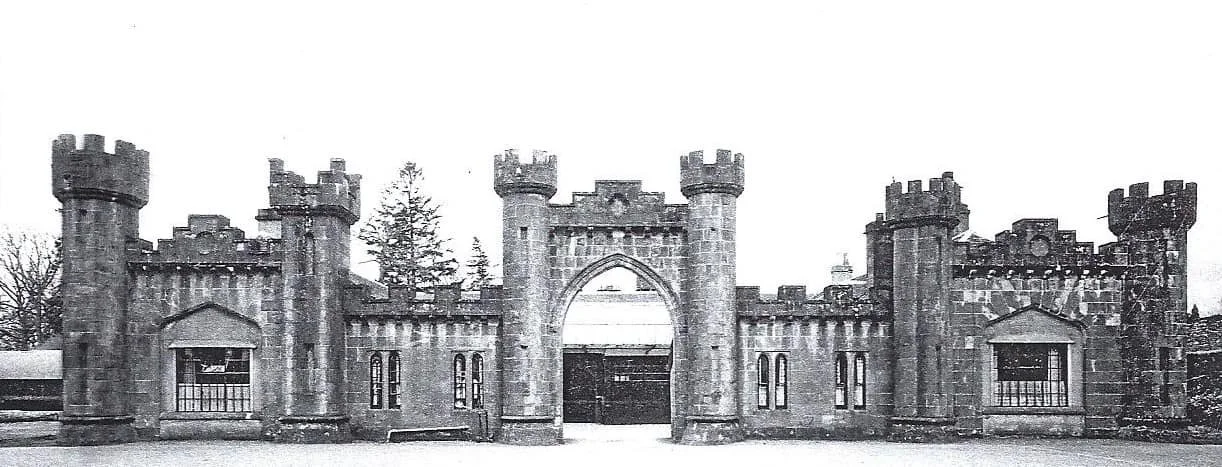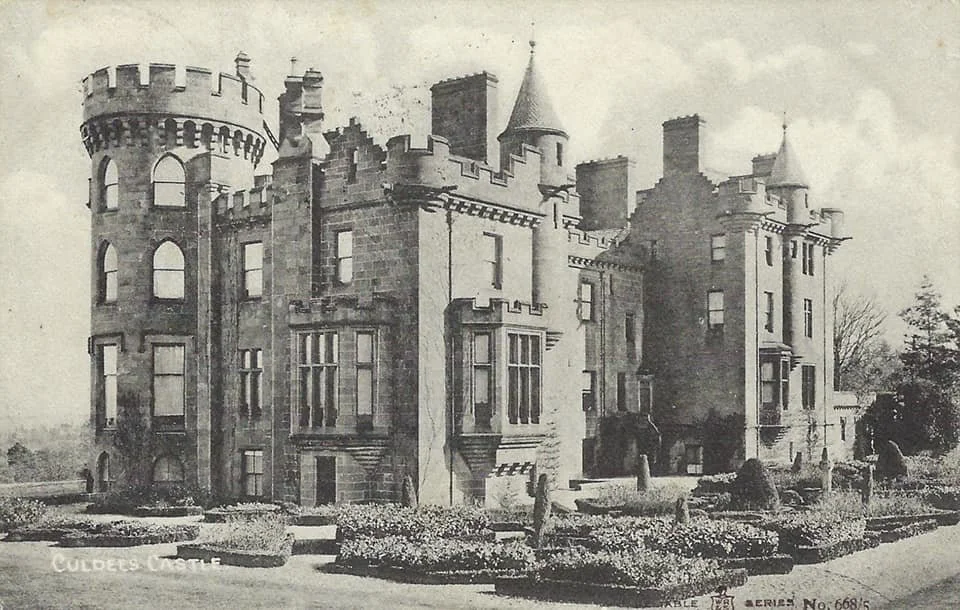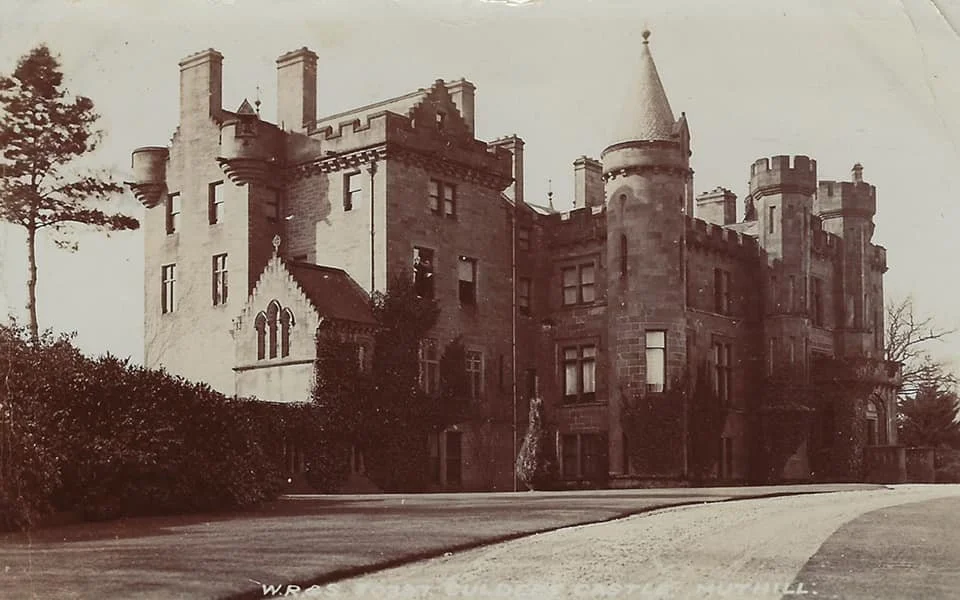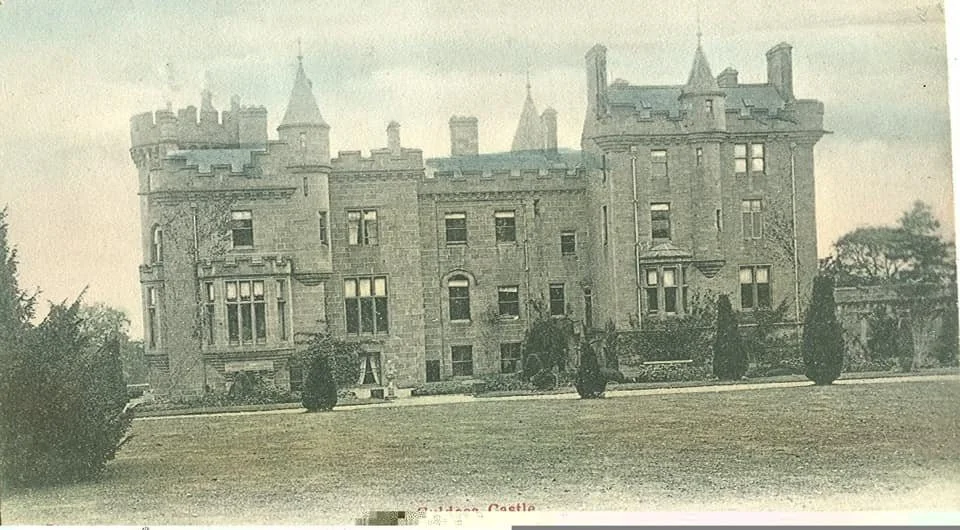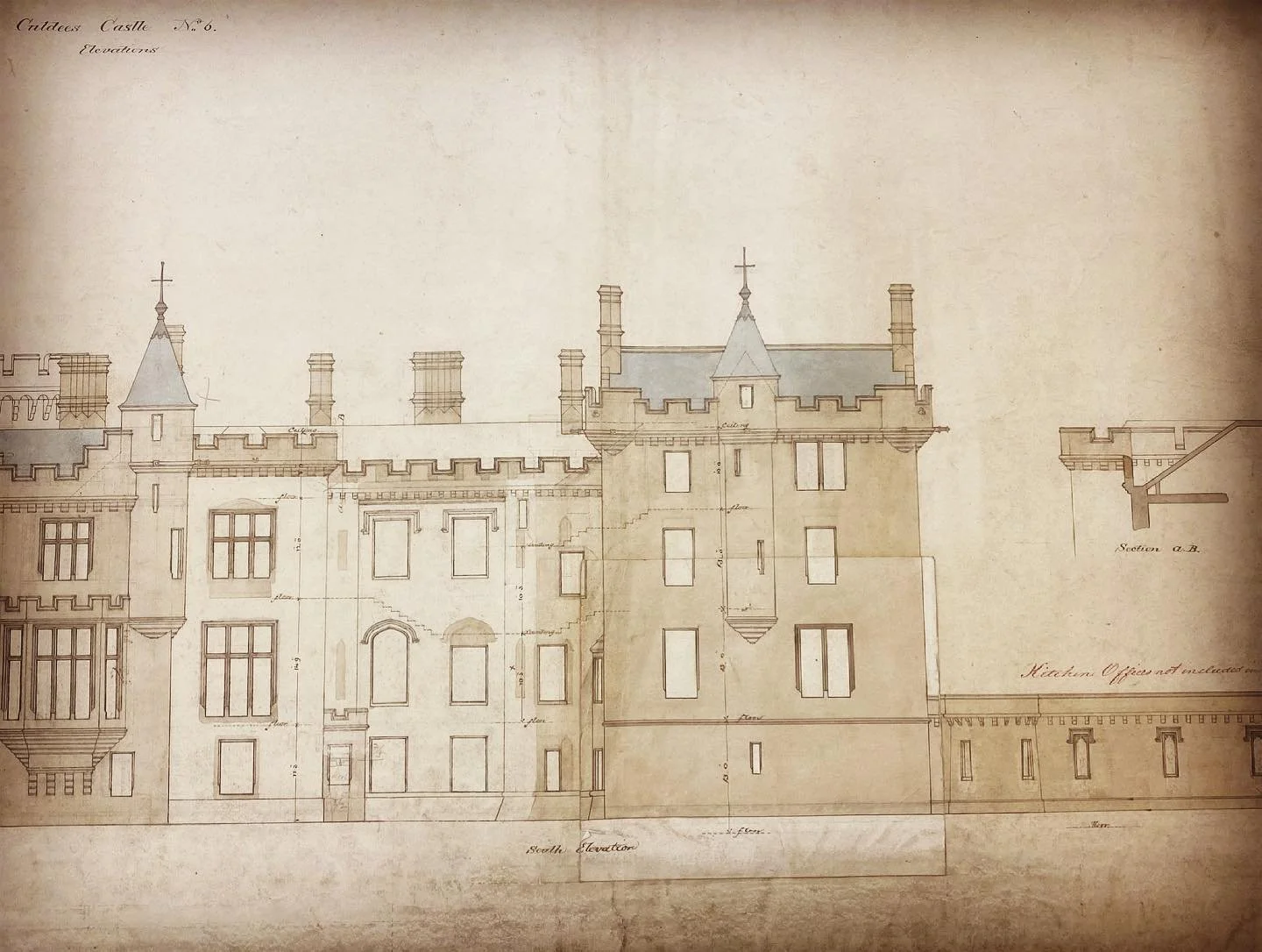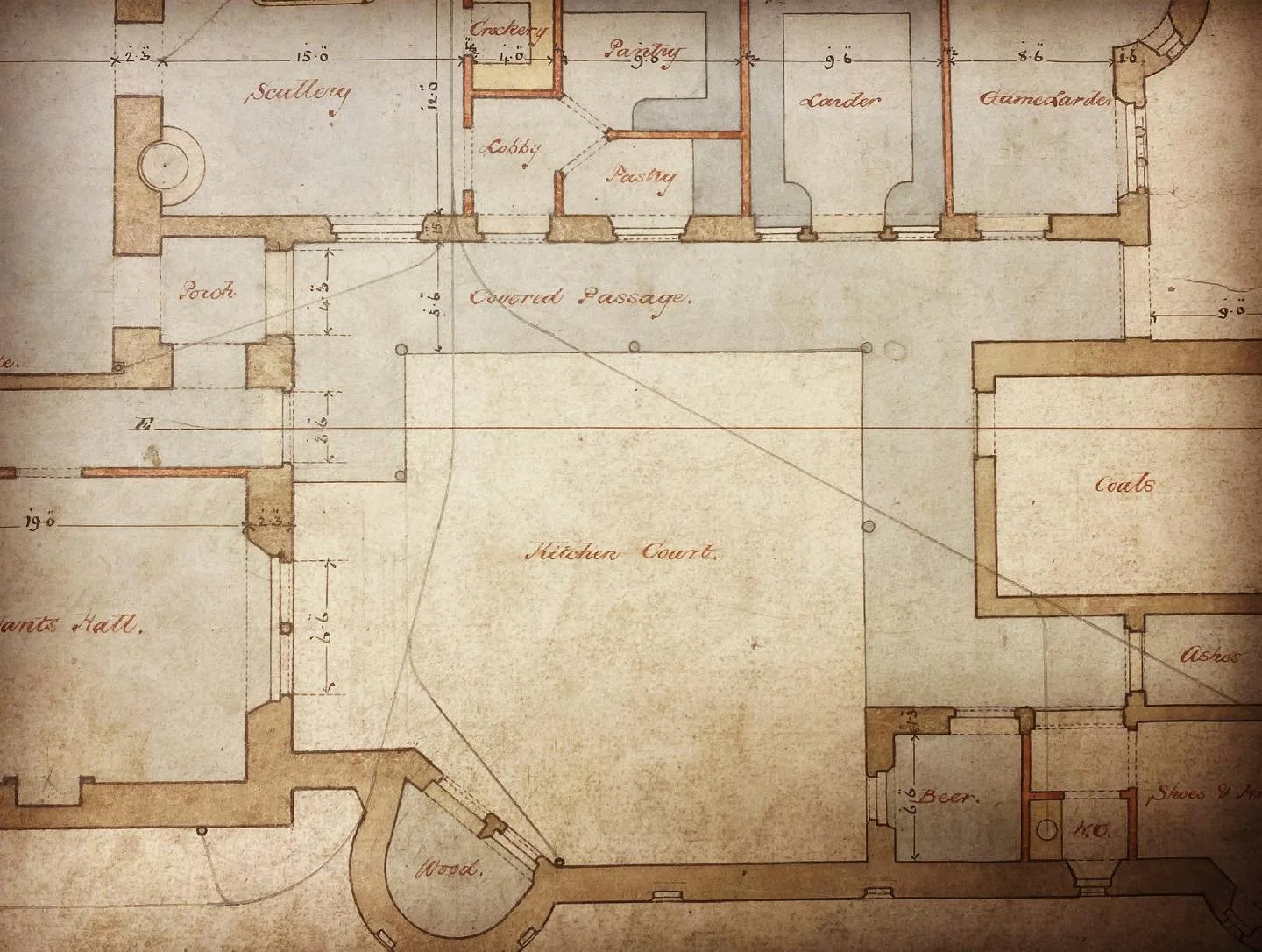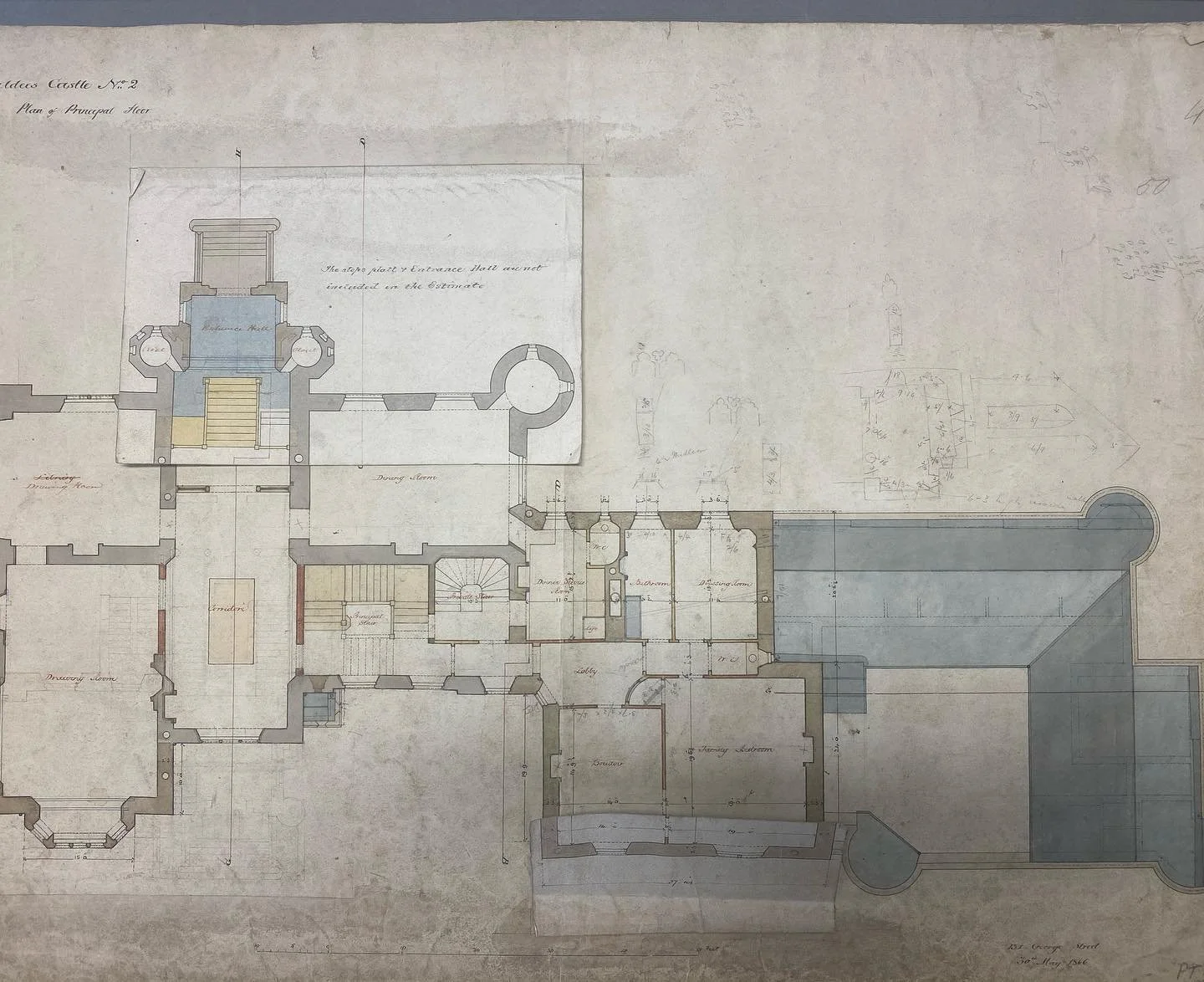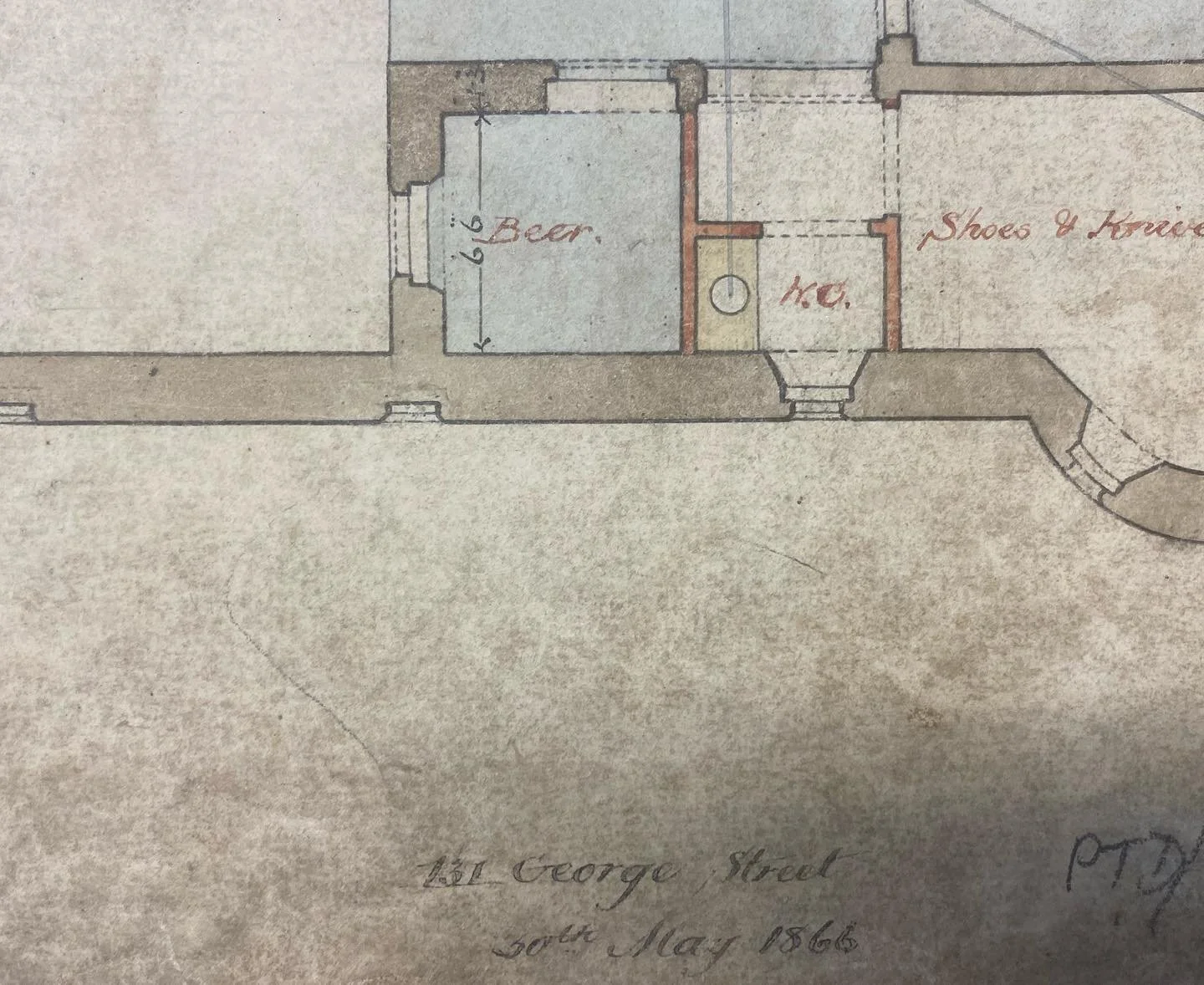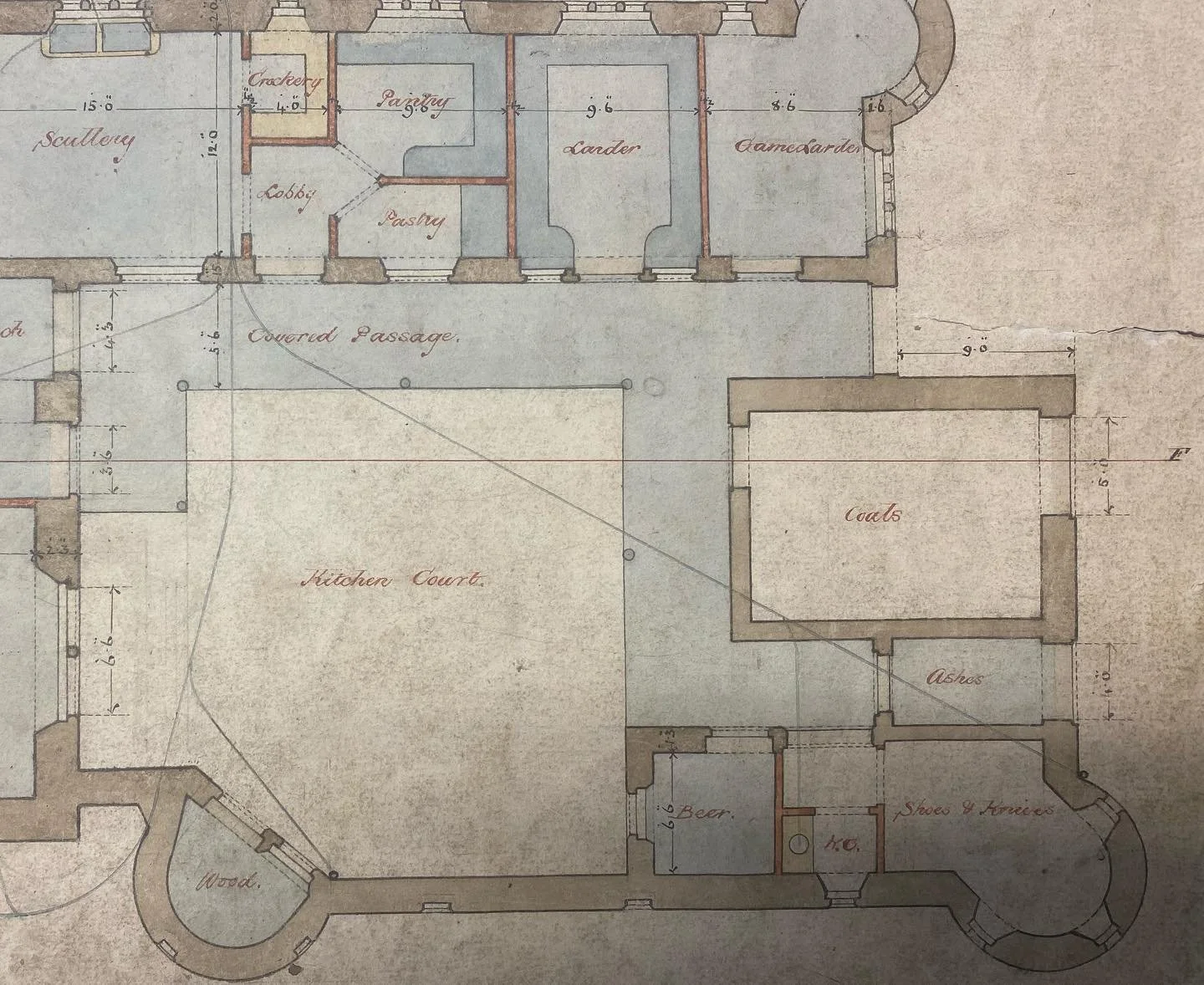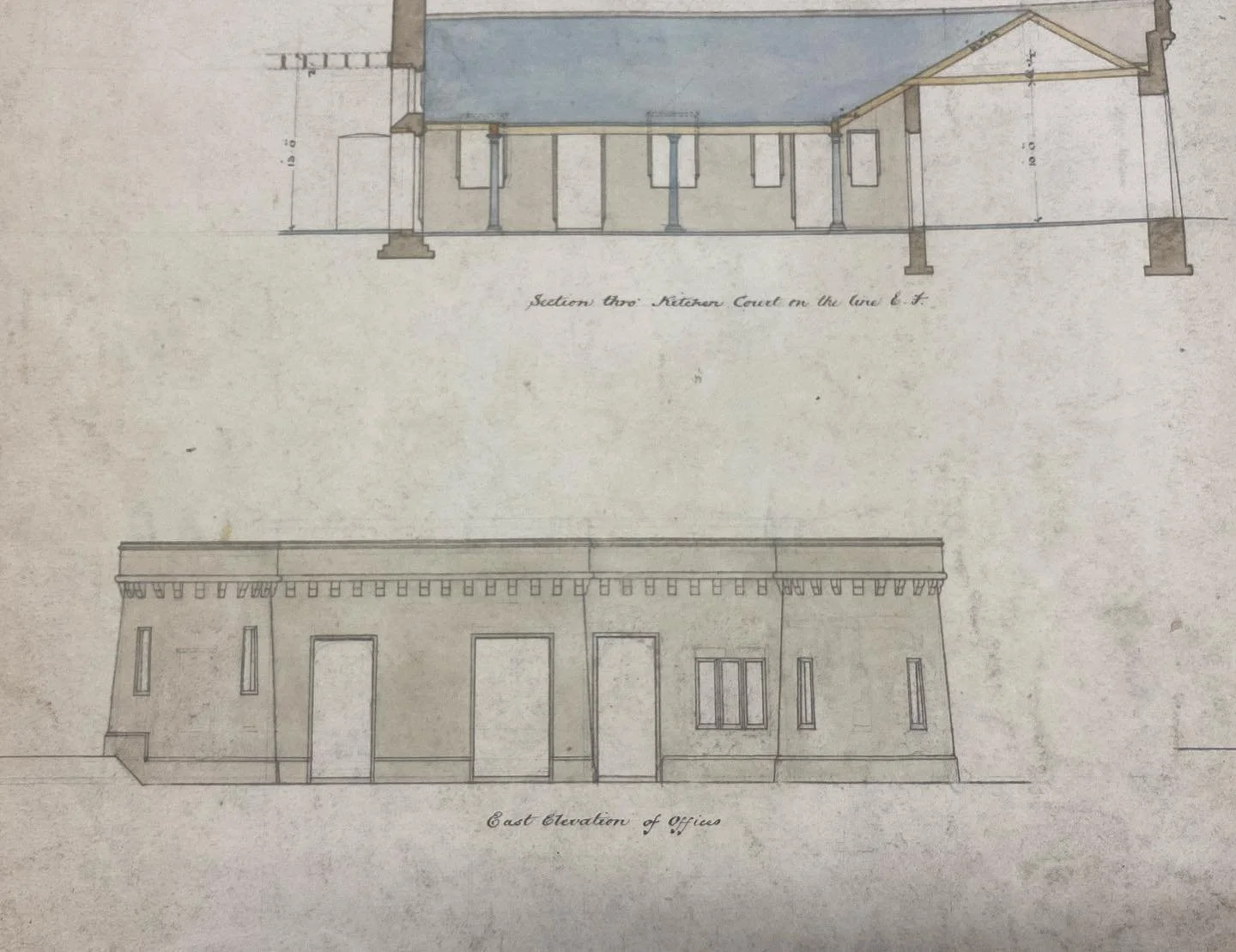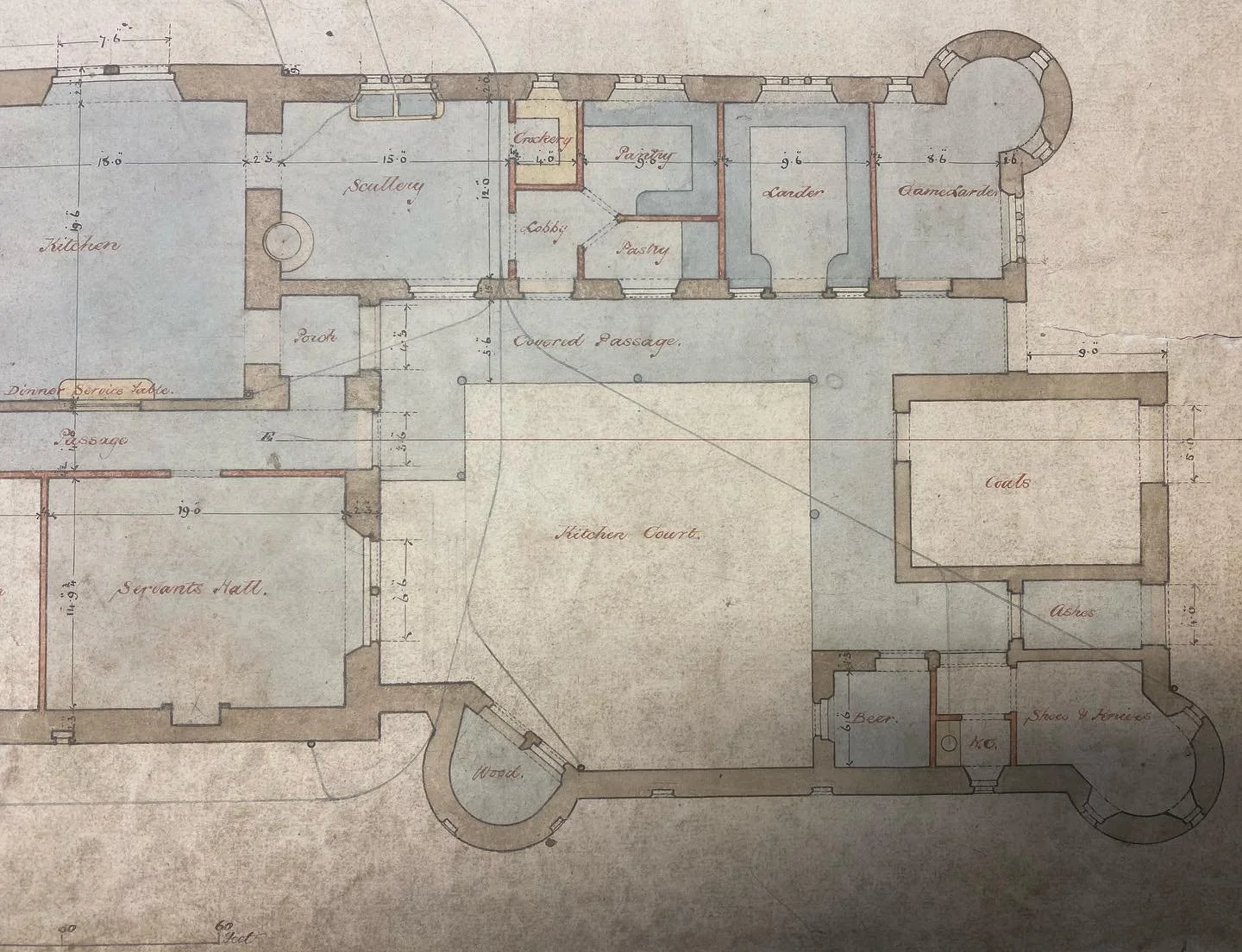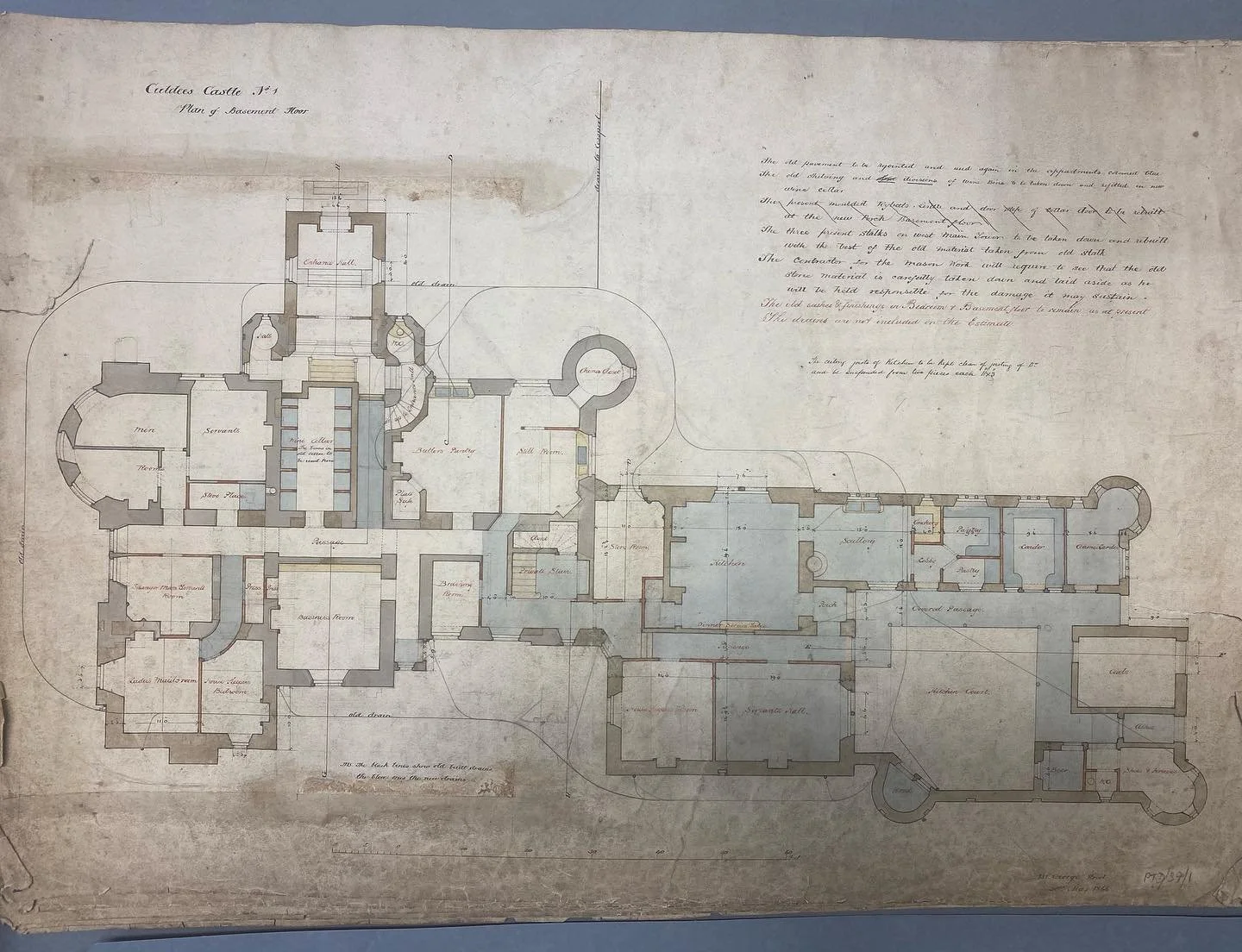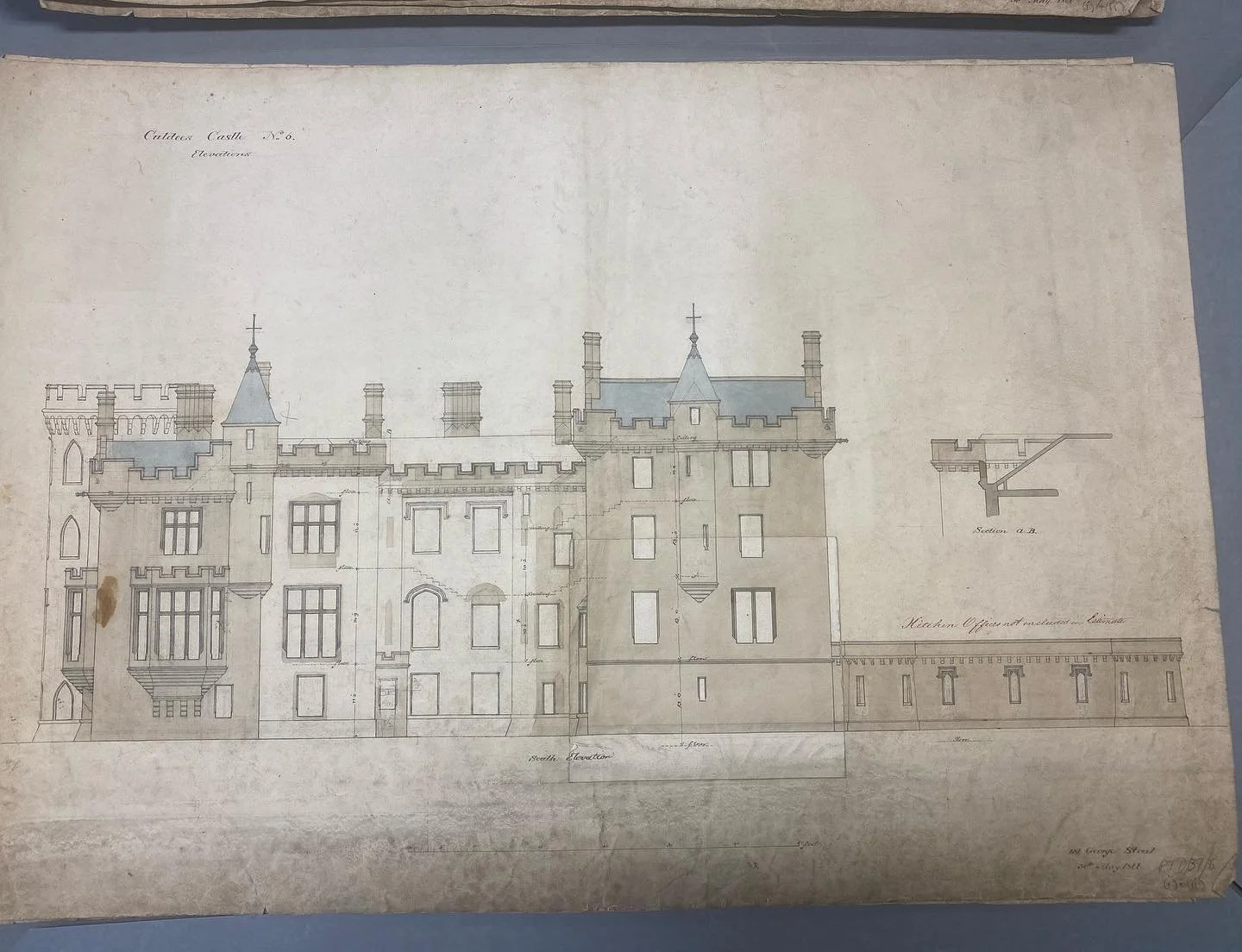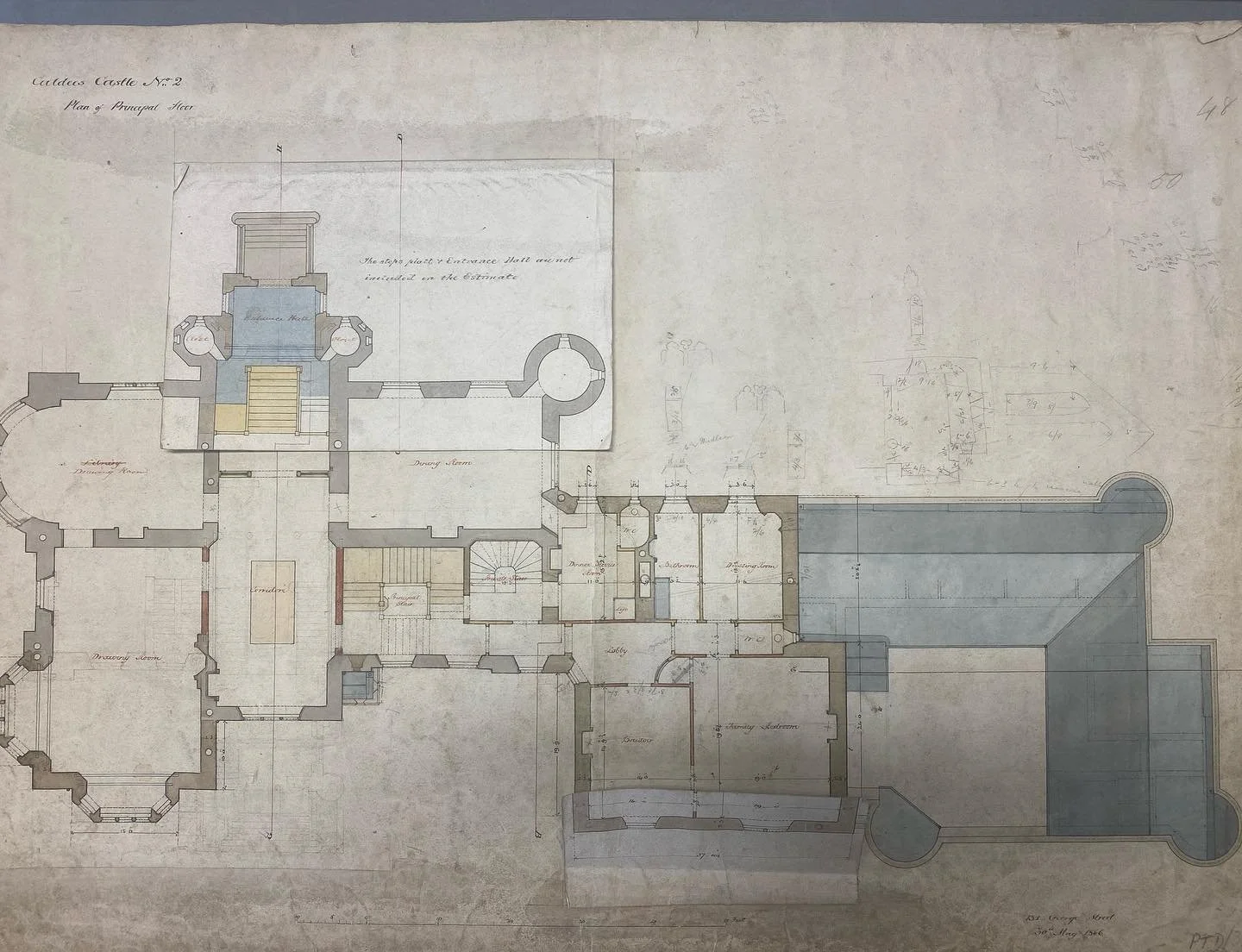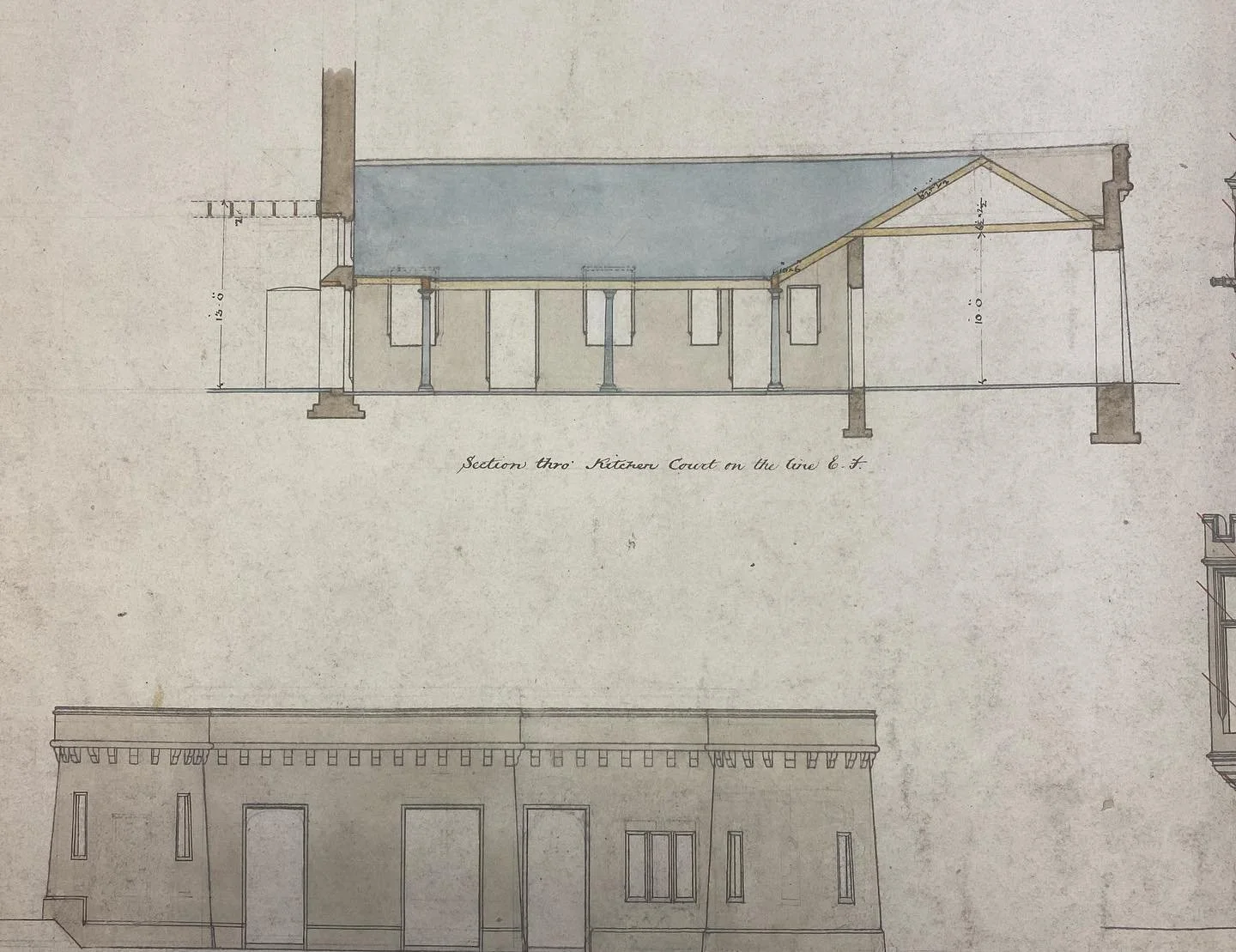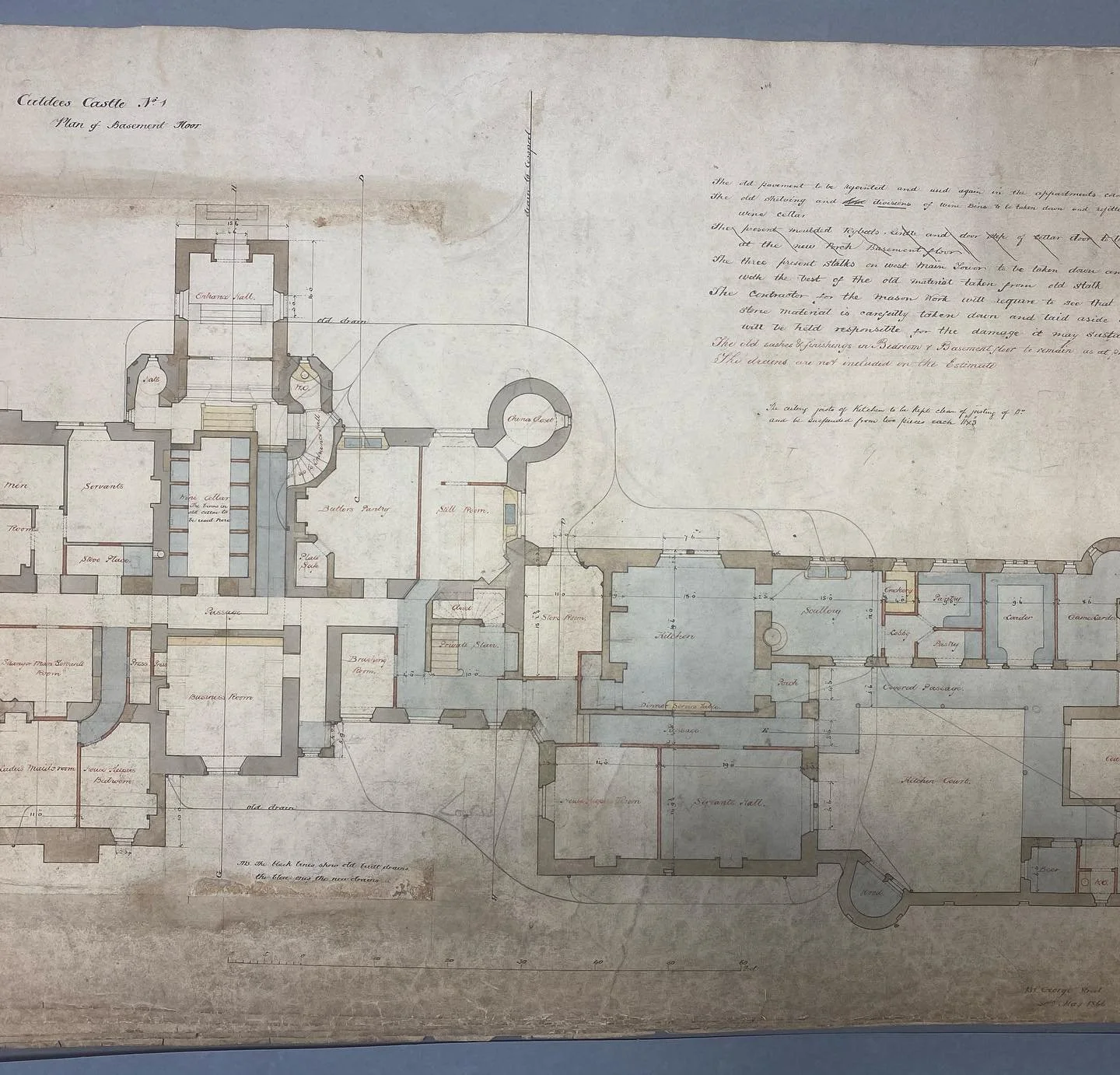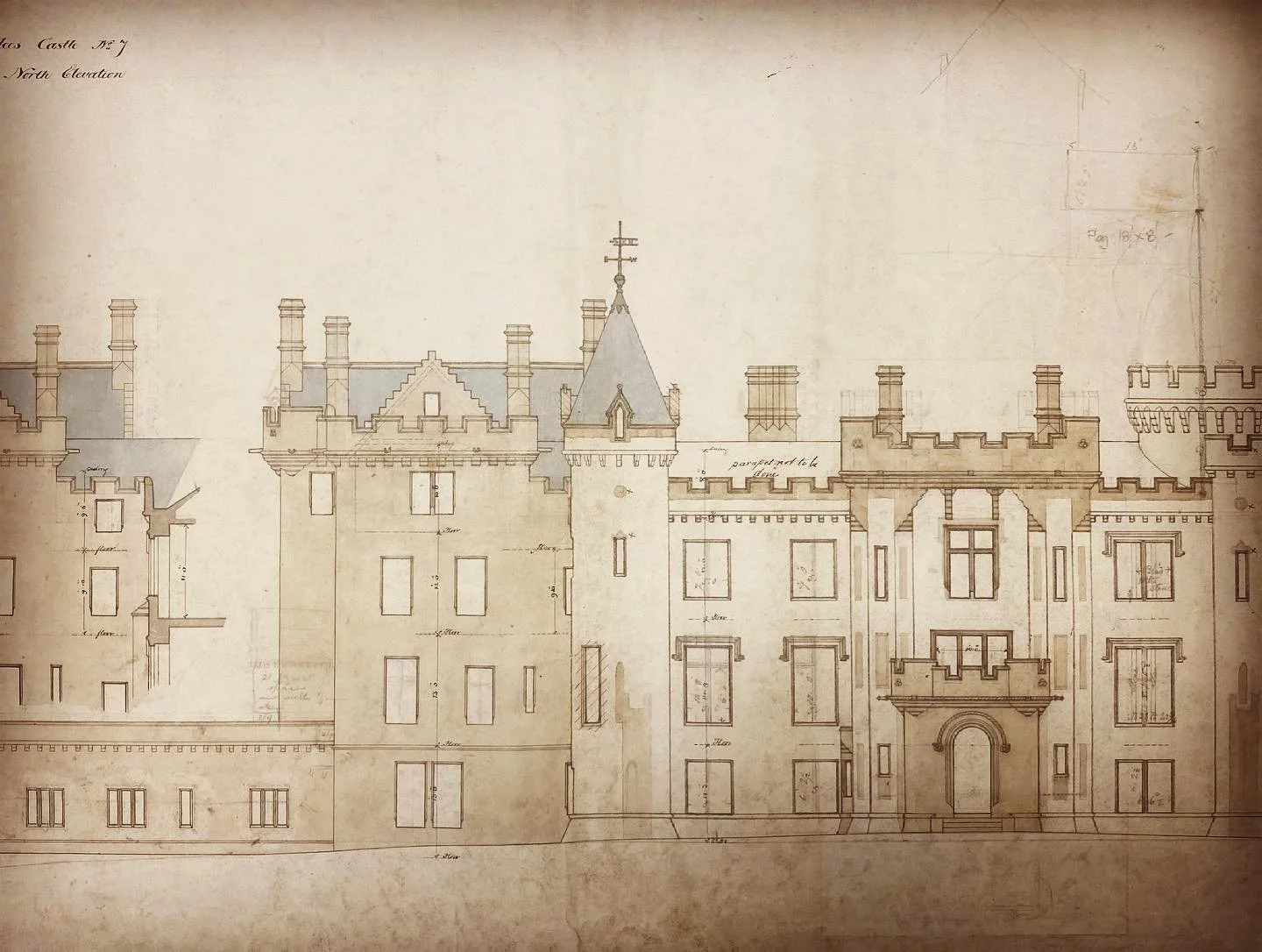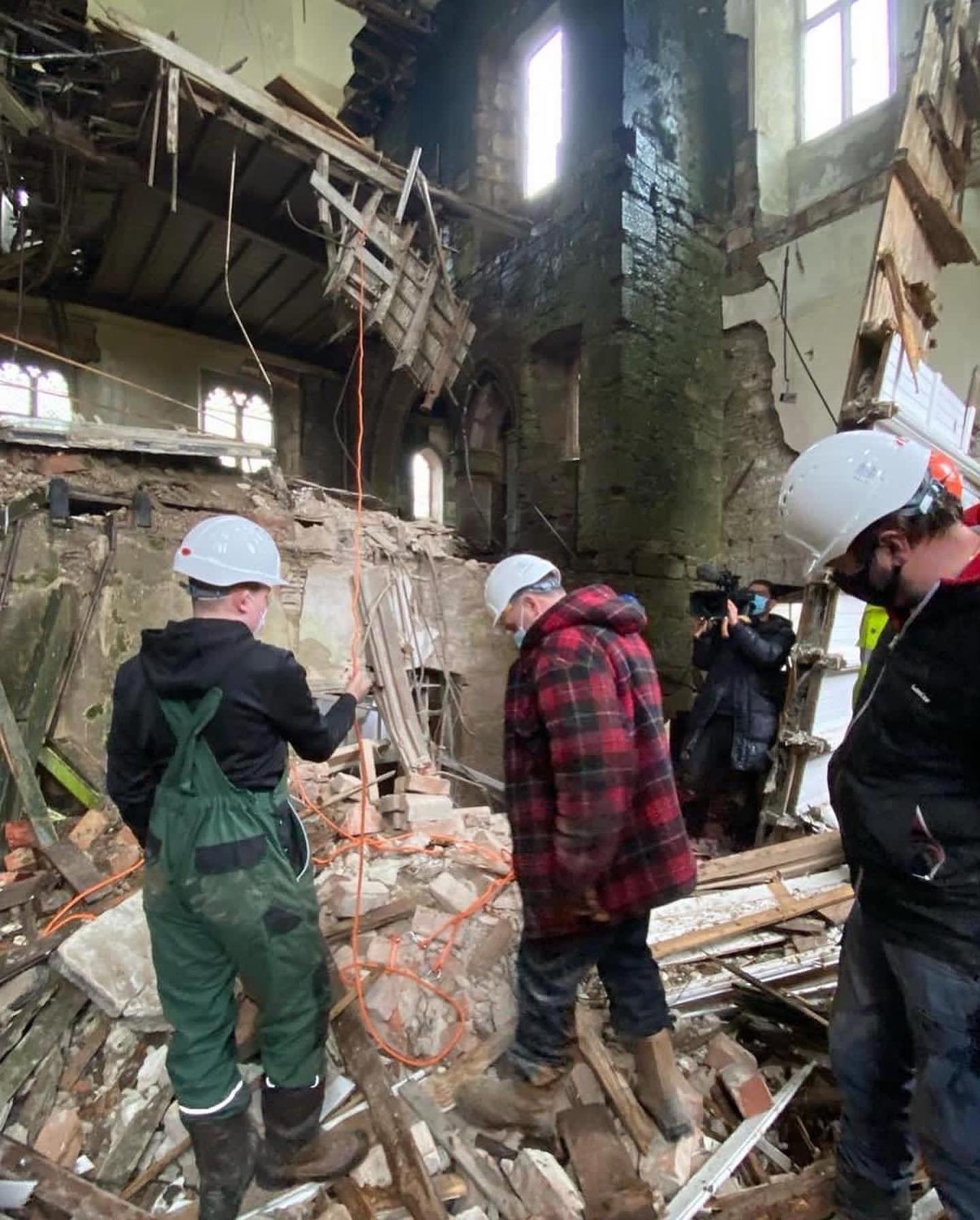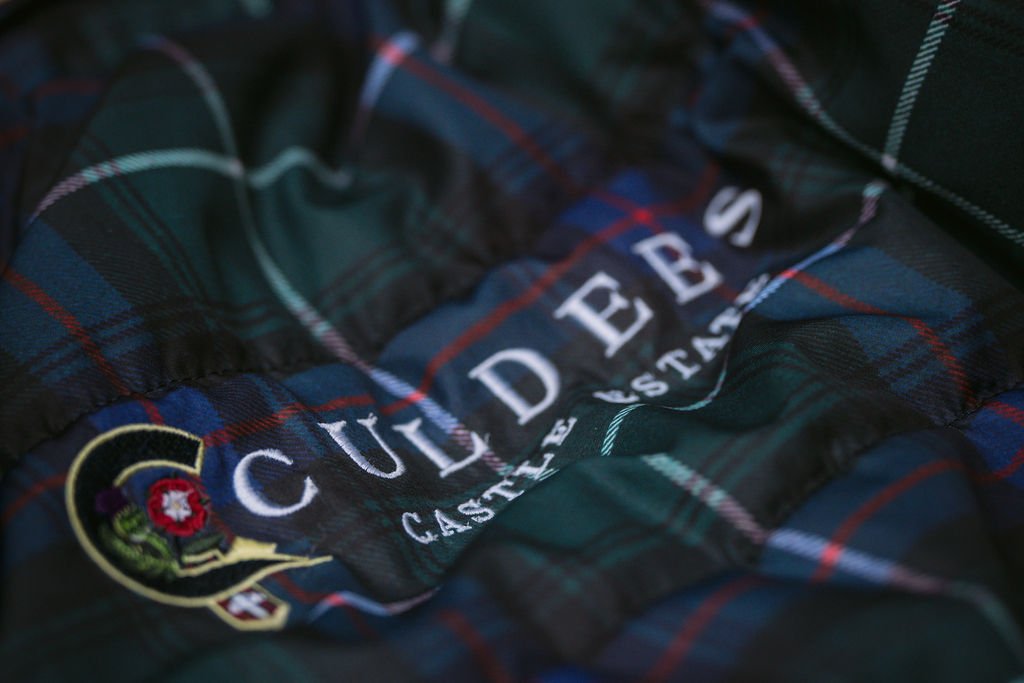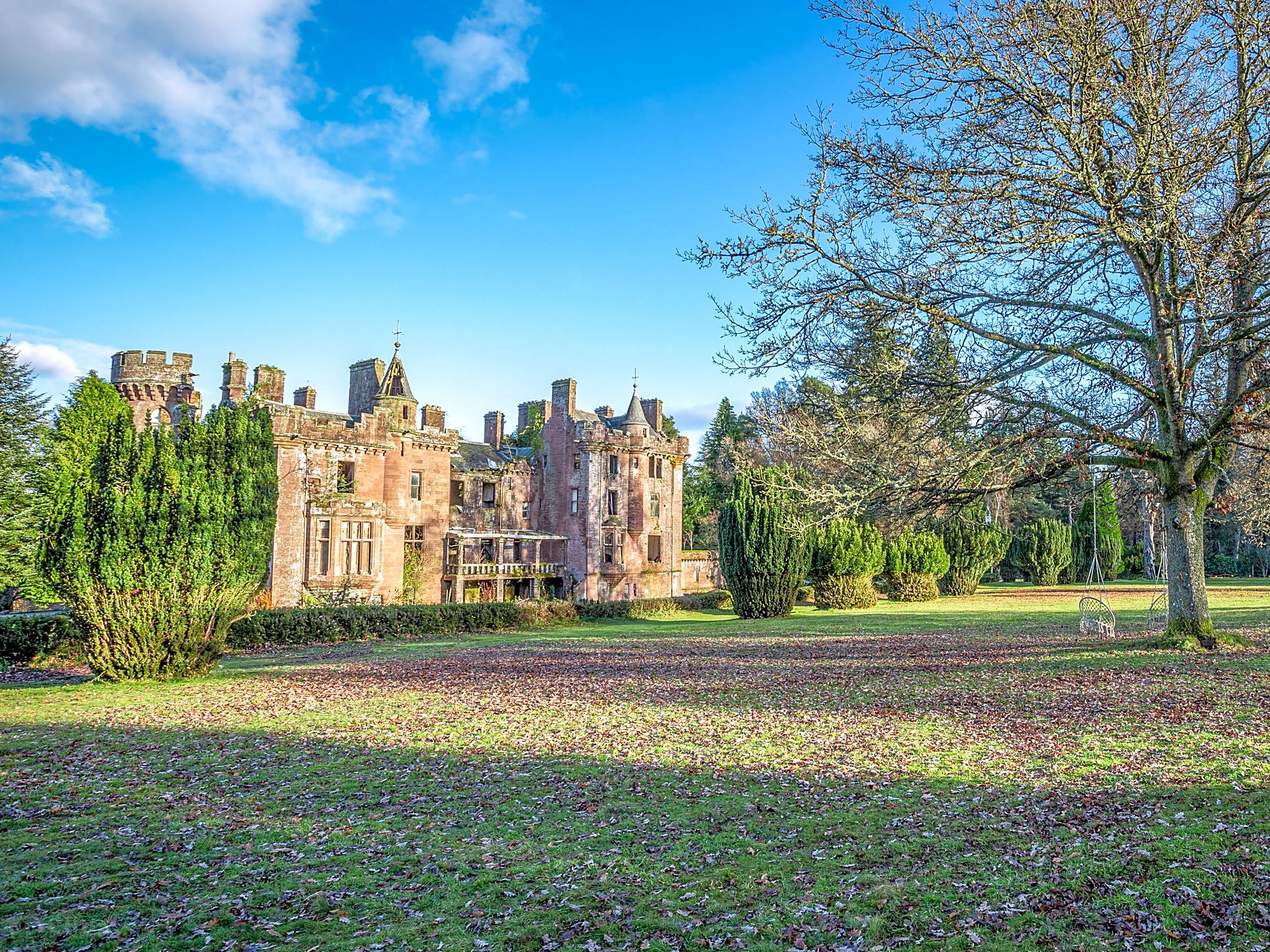
Experience true Scottish Culture
The History of Culdees Castle Estate
The Four Custodians of Culdees Castle
- Drummond
- Spier
- Maitland Gardner
- Beaton
Drummond
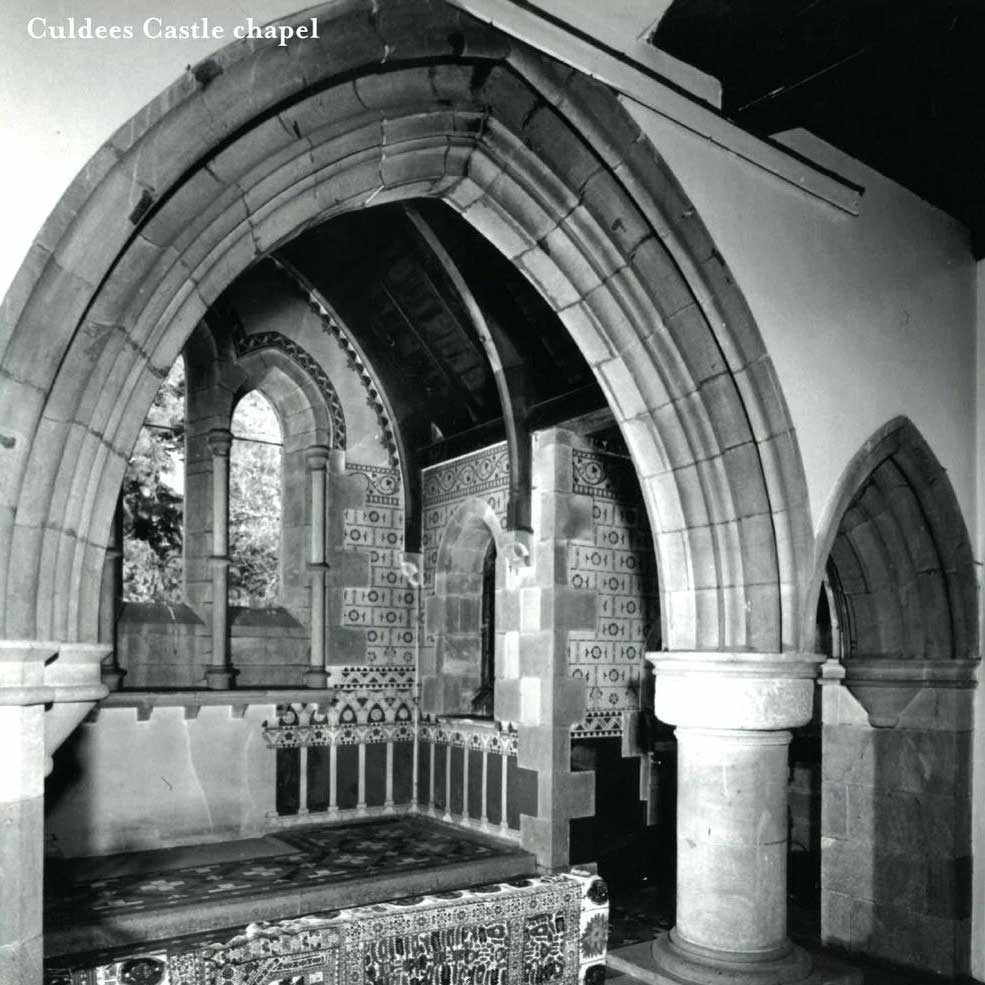
The land on which the castle was built was originally gifted to the Drummonds after the son of clan Chief Sir Malcom Begg fought at the battle of Bannockburn in 1314. The gifted land was a reward for fighting alongside Robert the Bruce. A monastery of the Culdee Monks originally stood in the field now known as South Park. Records and stain glass dating back to the 1400’s speak of the monastery at Culdees. Today the original footprint can still be seen amongst the remaining ruins.
The first foundation stone was laid at Culdees on October 15th 1810 by a procession of 200 stone masons. The castle was designed for Lieutenant General James Drummond by Scottish architect James Gillespie Graham in 1810. The castle is a three storey and basement mansion in Gothic red ashlar. The designer was also notable for designing some of Scotland’s most well known buildings. Some of his principal churches include St Andrew’s Cathedral in Glasgow and the imposing Highland Tolbooth Church – now known as The Hub – in Edinburgh. Extensive additions were carried out to the structure by David Bryce in 1866 and an interior makeover by Lorimar. It was baronialised and extended with a new wing and Chapel a year later.
Spier
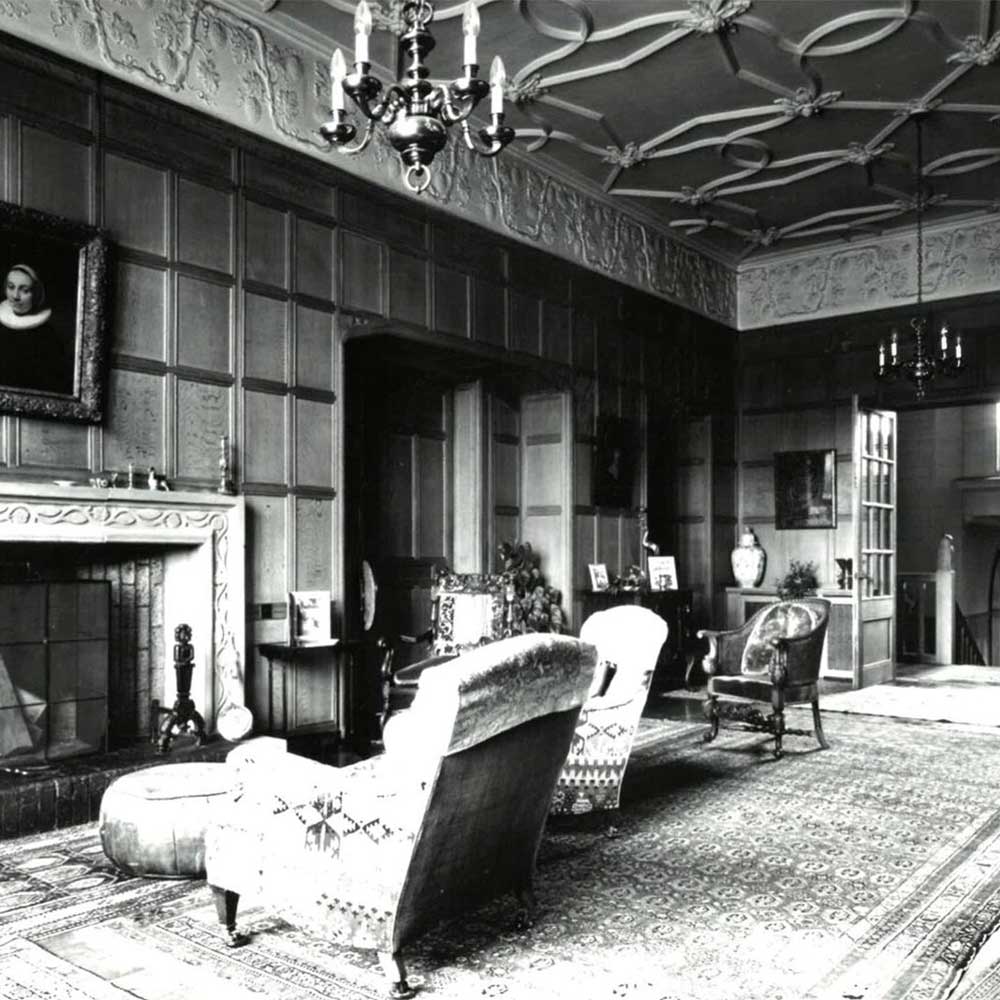
After Drummond’s death the Castle was purchased by Robert Napier Spier, a layman in connection with the Episcopal Church in Scotland, and then later passed to his son. Robert Thomas Napier Speir was born on 15 October 1841, the only son of Robert Speir of Culdees and Burnbrae and Mary, daughter of Sir William Milliken Napier of Milliken Park, Renfrewshire and nephew of Lady Aymee Clerk of Penicuik. He was educated at Eton and Christ Church Oxford, and married the Hon Emily Gifford, 3rd daughter of 2nd Baron Gifford in 1868. Prior to inheriting the estates he was a captain in the 4th Battalion Argyll & Sutherland Highlanders. His four sons all entered the army; there were two daughters. The Speir family fortune was derived from Groves, Speir and Company.
Speir was forty years chairman of the Executive Committee and Home Mission Board of the Scottish Episcopal Church and the author of one of the essays on church reform edited by the Bishop of Birmingham. In November 1883 the Rev Farquhar of St Ninian’s Cathedral, Perth stayed with him at Culdees when taking the service at Muthill and described him as a ‘tall, handsome, aristocratic-looking man in the prime of life … he is a church architect and has erected several small churches; he makes beautiful coloured windows with his own hands and paints beautifully on china etc; there is something very manly about him.’ How Speir acquired his architectural skills is not known: his practice was confined to Episcopal churches where family or friends had a controlling interest. He died at Culdees on 3 April 1922. There is a stained glass to his memory in Paisley Abbey.
Maitland Gardner
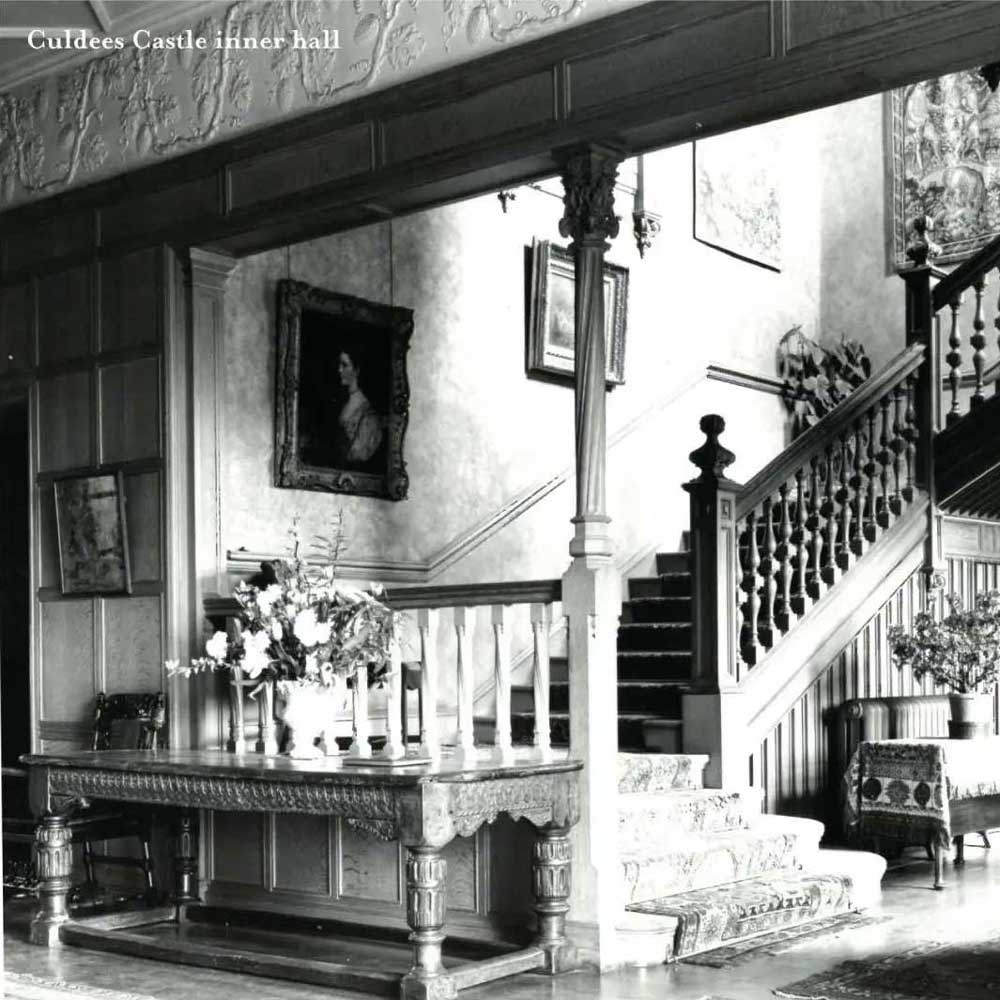
Following his Death in 1922 the castle was purchased by the Maitland Gardner family in 1924 John James Maitland Gardner was born in 1874 and married Miss Margaret Thomson born 1878. John James was the grandson of Archibald Gardner, and son of Daniel Robertson Gardner. The family business was prestigious furniture and cabinet maker’s store in Glasgow called A Gardner & Son. (Now Wetherspoons) John and Margaret moved into the Castle as their family home. They had one son, Major David Maitland Gardner who married Miss Barbara Dundas. The estate was passed to them when John James died. David was a Royal Artillery Major in the war and was made a Member of the British Empire. He was also awarded a Territorial Decoration.
David and Barbara had three children, Jane, Maggie and Colin Maitland Gardner. They resided in the Castle until 1968 but moved out after discovering extensive damage caused by Dry Rot. The castle interior was stripped and most things put up for sale. They built a Mansion house next door and continued to live at Culdees. The estate was passed to Colin Maitland Gardner when his mother died in 2002. He had sold the family furniture business and turned his hand to farming the extensive estate at Culdees and continues to do so today. Colin Maitland Gardner sold the Castle, Mansion House and portion of land to Ms Tracey Horton in 2019.
Beaton

Tracey Beaton from Deal in Kent purchased the derelict Castle, Mansion House and portion of land in July 2019. She resides in the Mansion House next door with her Scottish Husband Mr Robbie Beaton and their extended family. Tracey is an experienced property developer and also has a long career history in senior management and events. The castle has crumbled greatly internally but the outer walls still stand strong and a magnificent stone spiral staircase also remains leading to the upper floors. The East wing roof is also mainly intact. The family plan to restore as much of the Castle to its former glory as possible with funding being generated from Glamping, weddings and Events that will take place on site.
Swipe to reveal then and now
Explore the original blueprints and drawings of Culdees Castle Estate showcased below .
A Brief History of The Culdees
The Culdees, known as "Spouses of God" (Céilí Dé), were ascetic Christian communities that emerged in medieval Ireland and Scotland. These devout groups, not bound by monastic vows, played a significant role in shaping the spiritual landscape of their time. With origins in Ireland, the Culdees later established themselves in various regions, particularly in Scotland, where they became associated with cathedral and collegiate churches. Living in monastic fashion, the Culdees left an enduring mark on the religious history of Ireland and Scotland, embodying a unique blend of ascetic practices and Christian devotion.
-
Culdees in Scotland
In medieval Scotland, Culdees were widespread, with thirteen monastic communities, eight linked to cathedrals. Expelled Ionan monks resettled by Pictish Prince Brude on St Serf's Inch. In 1093, they surrendered to the bishop of St Andrews, later merging with Canons Regular in 1144.
-
Culdee Presence
Culdees left marks in Scotland, with a chapel in St Andrews and significant establishments in Fife. By 12th century, key Culdee houses existed at St Andrews, Scone, Dunkeld, and more. Practices varied; priests at St Andrews could marry, reflecting a mix of Celtic and Roman influences.
-
Decline and Change
The 12th century marked a transition between Culdeeism and Romanism. The movement faced challenges as Scotland's church shifted towards Rome under Queen Margaret and her sons. By the 13th century, many Culdee houses vanished, replaced by regular canons or extinguished with cathedral chapters. The Culdees persisted at St Andrews until 1332, forming a small college closely tied to the bishop and the king.

